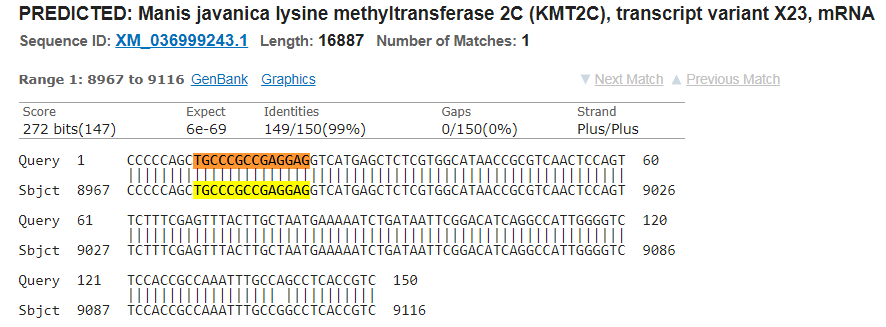Ok, just to show that I am not biased against zoonosis, here is a much more plausible NATURAL way the FCS could have arisen in SARS2 than what virologists could muster so far — via recombination with host mRNA. Namely, pangolin mRNA. In fact, I found a 14-nt match to PRRA insert 

in the GIABR pangolin dataset. Yes, that’s the same dataset that contains the SARS2 RBM and was the source for the MP789 pangolin CoV. I was checking it for the PRRA insert and found 3 reads in lung08 run (SRX6893154) that match a 14-nt stretch that fully covers the PRRA insert: 

The first read actually mapped to a COMPLEMENT (minus strand) of pangolin mRNA, which is perfect for coronaviral RdRp recombination, as the CoV template strand is a minus strand. 





While we haven't yet observed CoV recombination with host mRNA, it has actually been observed for other viruses. In fact, it was observed to increase cleavability in influenza:
pubmed.ncbi.nlm.nih.gov/2544809/
pubmed.ncbi.nlm.nih.gov/2544809/

Recombination with host mRNA was also observed in another +ssRNA virus:
pubmed.ncbi.nlm.nih.gov/30232612/
pubmed.ncbi.nlm.nih.gov/30232612/
So could the novel furin cleavage site have arisen naturally? Of course. Recombination with host (pangolin?) mRNA is much more plausible in my book than some mythical recombination with HKU9 as per Gallagher or "clade X" as per Lytras.
Does this rule out a lab leak? Not for me.
Does this rule out a lab leak? Not for me.
Why not? Even if FCS in SARS2 arose naturally, it could still have emerged in Wuhan via a lab leak - the recombination in a pangolin could well have happened in a lab, or a lab staffer could have been infected with a pangolin CoV with an FCS during field work.
Plus the possibility that the SARS2 FCS has been purposefully engineered (as per the EcoHealth and WIV DARPA proposal) is still on the table.
But all hypothesis must be evaluated based only on data, not preconceived notions or groupthink (relevant for both zoo and LL groups).
But all hypothesis must be evaluated based only on data, not preconceived notions or groupthink (relevant for both zoo and LL groups).
• • •
Missing some Tweet in this thread? You can try to
force a refresh











